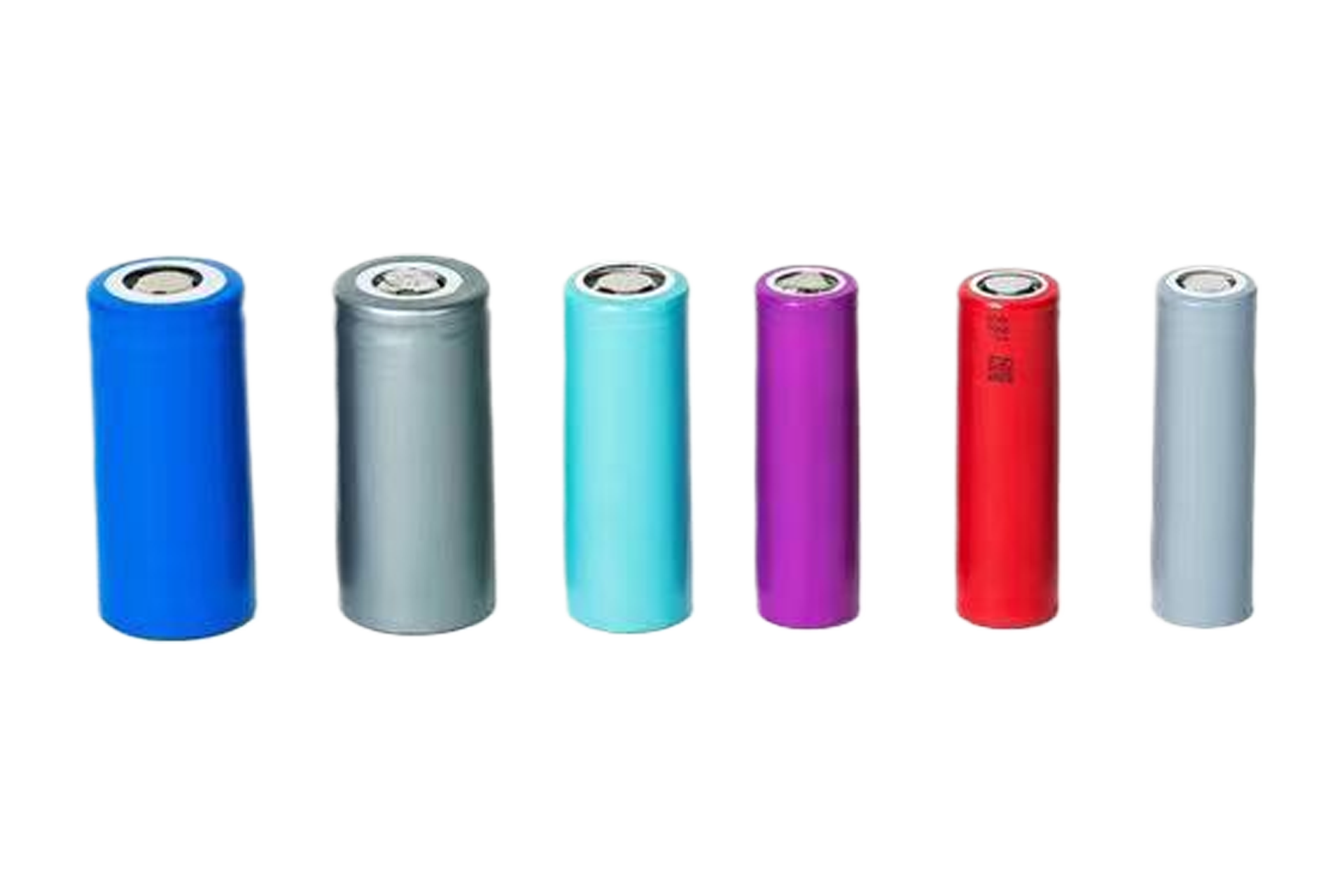
telecom battery type telecom batteries, each with unique properties and advantages. Among them, the valve-controlled sealed lead-acid battery (VRLA) is the most common.
valve control type sealed lead acid battery (VRLA)
VRLA battery for its maintenance and is suitable for the characteristics of the telecom industry and popular. Its fixed electrolyte design eliminates the need for regular water refill, and the gel or AGM (adsorbed glass fiber) used as the electrolyte can act as the medium between the grid. This design allows the hydrogen and oxygen produced by the battery during charging to be recombined under internal pressure, making it safer to use in environments with limited ventilation conditions and producing almost no gas. VRLA batteries have a high energy density, making them ideal for environments where space is limited, such as densely populated urban areas.
to choose the appropriate telecom batteries
the telecom industry for standby power have unique requirements, select the battery type model is crucial. Find out what telecom batteries do and how they meet specific telecom requirements:
uninterruptible power supply (UPS)
telecom battery in UPS system plays a vital role. Whenever there is a power outage or change, they immediately provide seamless power backup to keep communication channels open. The uninterrupted flow of power enables telecom batteries to be activated as soon as there is a system failure or power outage, and the service can continue to operate in spite of this.
load balancing and peak clipping
likewise, communication batteries in load balancing and load also plays an important role. During peak power demand, batteries can provide auxiliary power and reduce the burden on the main grid.
In addition, they help stabilize the overall power supply and prevent overloads, thus ensuring optimal performance of the telecommunications infrastructure.
environment adaptability
telecommunications equipment are normally installed in a variety of environments, from the hot desert to the cold mountain. Telecommunications batteries must be selected according to specific environmental conditions.
Because VRLA batteries are sealed, they are more suitable for installation in rooms with insufficient or no ventilation.
temperature elastic
temperature fluctuation will affect battery performance significantly. When selecting the right type of battery for telecommunications applications, the operating temperature range of the battery must be considered.
VRLA batteries generally have a more comprehensive temperature operating range and are therefore suitable for a variety of deployment scenarios.
Therefore, whether in bustling cities or remote villages, telecom batteries will continue to power communication networks and keep the world connected.